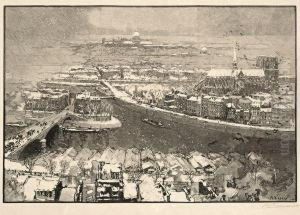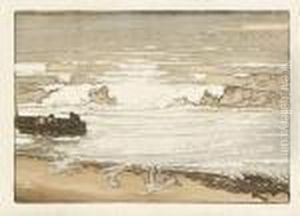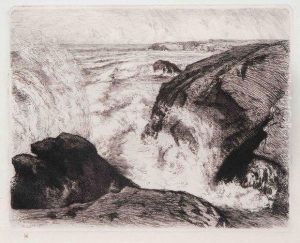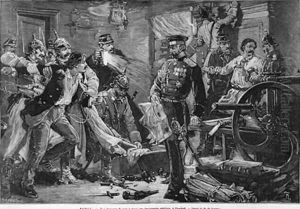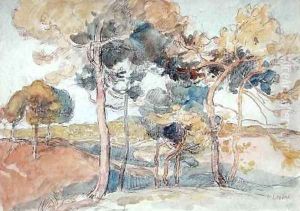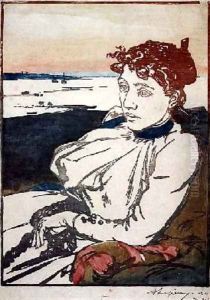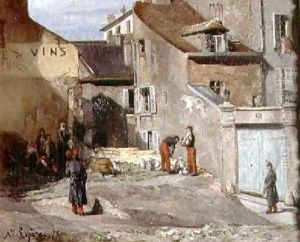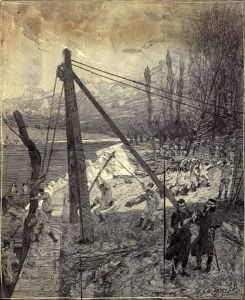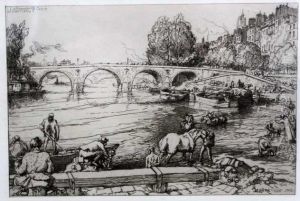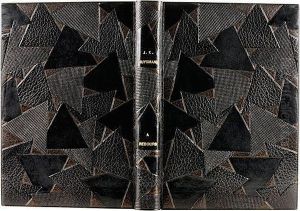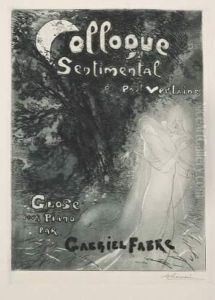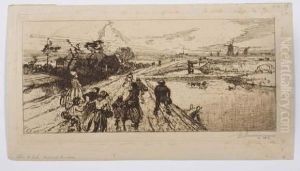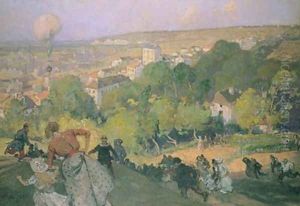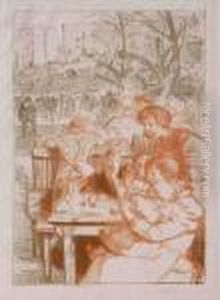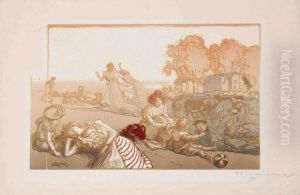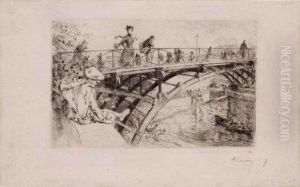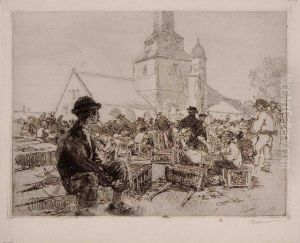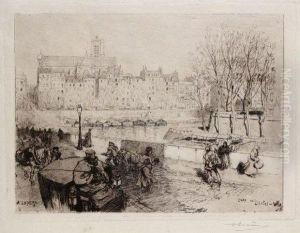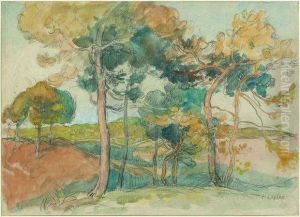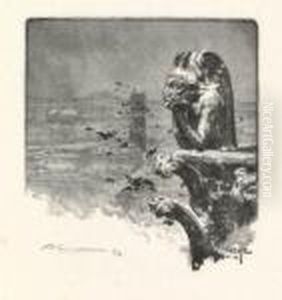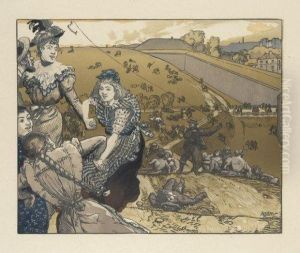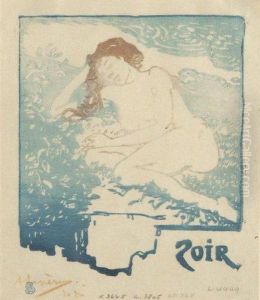Auguste Lepere Paintings
Auguste Lepère was a prominent French printmaker, illustrator, painter, and etcher known for his landscape prints and contribution to the graphic arts in the late 19th and early 20th centuries. Born on November 30, 1849, in Paris, Lepère was initially trained by his father, a wood engraver, which provided him with a strong foundation in the graphic arts. He further honed his skills under the tutelage of other established engravers of the time.
Lepère is often credited with revitalizing the art of wood engraving in France, blending traditional techniques with innovative approaches to printmaking. His artistic output was prolific, and he created over 150 etchings and around 200 wood engravings throughout his career. His subjects ranged from urban scenes of Parisian life to the rural landscapes of France, capturing the essence of his environment with a keen eye for detail and a sense of atmospheric mood.
In addition to his prints, Lepère was also an accomplished illustrator, contributing to various publications of the era. His illustrations often contained social commentary and reflected the changing world around him, including the effects of industrialization and urban growth.
Lepère was active in several artistic circles and societies, including the Société des Peintres-Graveurs Français (Society of French Painter-Engravers), which he co-founded. He participated in numerous exhibitions and received several awards for his work, including a gold medal at the Exposition Universelle in 1889.
Auguste Lepère's influence extended beyond his lifetime, as he trained and inspired a new generation of printmakers. He continued to work until his death on November 20, 1918, leaving behind a legacy that is recognized for its technical innovation and artistic expression in the world of printmaking.
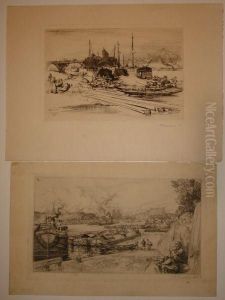
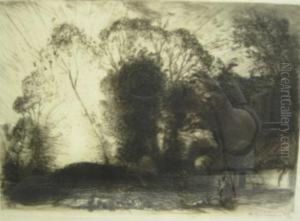
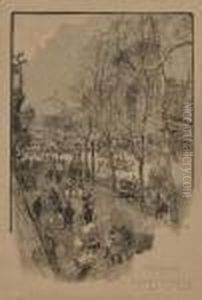
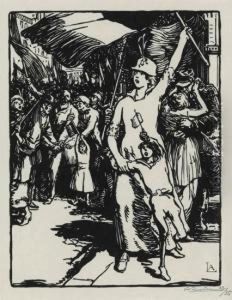
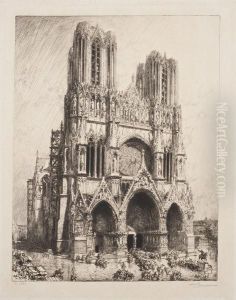
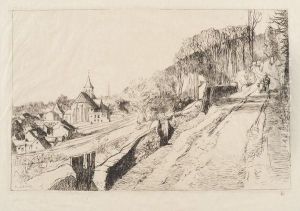
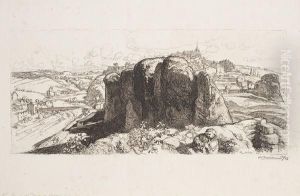
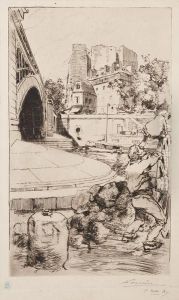
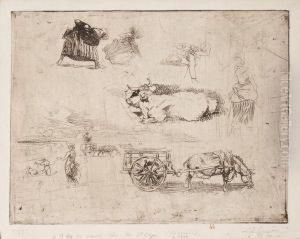
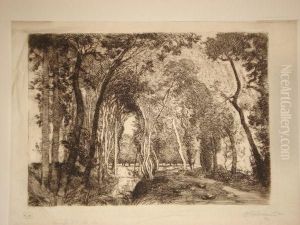
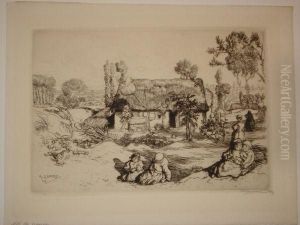
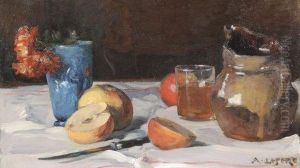
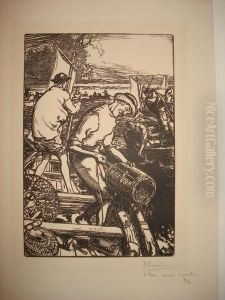
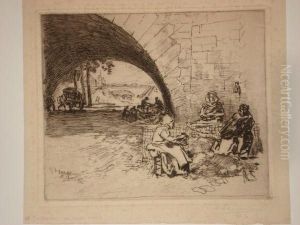
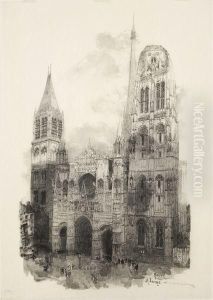
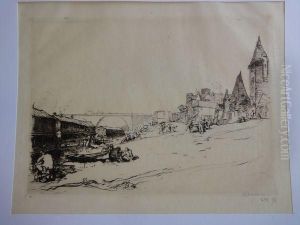
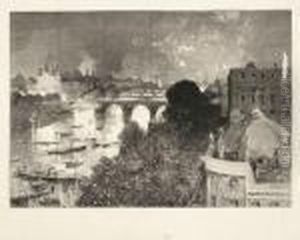
![Inauguration Sur La Place De Etats-unis De La Statue De La Liberte Eclairant Le Monde 1885 ; [installation Du Telegraphe].](https://www.niceartgallery.com/imgs/762180/s/auguste-lepere-inauguration-sur-la-place-de-etatsunis-de-la-statue-de-la-liberte-eclairant-le-monde-1885-installation-du-telegraphe-480636e6.jpg)
![[moscou, La Place Rouge]. Entree Solennelle De L'imperatrice A Moscou. 9 Juin 1883.](https://www.niceartgallery.com/imgs/762179/s/auguste-lepere-moscou-la-place-rouge-entree-solennelle-de-limperatrice-a-moscou-9-juin-1883-eadadb1a.jpg)
